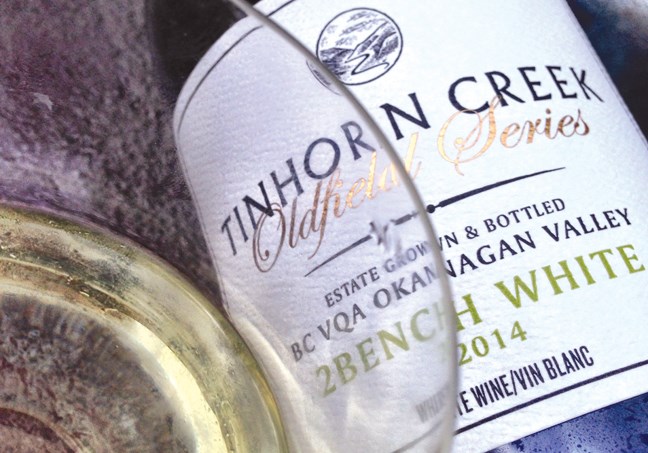With B.C.’s earliest ever harvest already underway, perhaps there’s no better backdrop for this week’s milestone tasting, The Judgement of B.C.
Led by wine guru and educator D.J. Kearney, with celebrated British wine expert Steven Spurrier, this event (in which the panel will blind taste 12 B.C. wines and 12 acknowledged global benchmarks) promises to be significant.
A major force in the wine world, Spurrier is most widely known as the man who organized the 1976 Judgement of Paris, in which French judges blind tasted top tier Chardonnays, first growth Bordeaux and Cabernet Sauvignon wines from France and California. When all was done, the judges picked Californian wines as the best in each category. In doing so, they lent much needed credibility to the American wines, and effectively launched the California industry internationally.
A leading wine merchant in Paris and a Bordeaux specialist at the time, Spurrier (who Jancis Robinson says on her website: “ironically, could hardly be more pro-French wine”) originally thought the Californians had little chance.
Robinson also suggests that Spurrier himself is a whole lot more interesting than the actual tasting and describes him as “the unsung hero of wine.” She points to his vast experience, calls him a “man of exceptional wine knowledge,” and notes that he set up the highly regarded Christie’s Wine Course. He’s also published three authoritative books on wine. The format has since been replicated scores of times around the world, as various wine regions seek to position themselves in comparison to top tier French wines.
The very nature of competitive judging demands a winner and, no doubt there’s a jingoistic element that will drive plenty of interest to see which B.C. wines can knock off international stars, as may or may not be the case.
However, as the organizing B.C. Wine Institute says: “The goal of this tasting is to honestly assess the current state of grape growing and winemaking in British Columbia in order to provide a clear perspective of the distinct characteristics of the wines of British Columbia in relation to global standards. . . .”
Above all, though, at the end of the day, beyond the results, my hunch is that everybody will be listening very closely to what Spurrier has to say. At least they should be. It should be an interesting time.
• • •
The following list has benchmark blends that prove to be perennially exciting and that come from three notable Okanagan producers. Although B.C. blends are nothing new, I’ll call them benchmark because they underscore a maturing of the B.C. industry that’s moving consumers well beyond the idea of single varietal wines.
Tinhorn Creek Two Bench White 2014
This truly flagship blend of Semillon, Sauvignon Blanc, Viognier and Muscat adds up to one plain delicious drop. This is the first year that the Sauvignon Blanc has been barrel fermented in new French oak with native yeast, and the result is a more complex wine. Tropical tones with smoky hints, followed by citrus, stone fruit and zesty notes on a palate of structure and acidity with elegant, viscosity ($19.99, 93 points).
Joie Noble Blend 2014
The idea behind this “cocktail” of a blend is Alsatian Edelzwicker, which means “a blend of noble grapes.” Up-front floral and citrus notes, followed by hints of spice with limey citrus and grapefruit pith on a juicy palate with lingering finish. Think Asian plates such as lightly spiced Pad Thai ($23.90, 90 points).
Fandango 2014
Bob and Senka Tennant’s Terravista plantings are maturing nicely and the results show in the bottle with this unique blend of Albarino and Verdejo as exuberant as its fun label suggests. Up-front notes of citrus and stone fruit carry through the vibrant, zesty, lemon-toned generous palate with lingering lemon and lime in the end. I’m thinking this would be perfect with a late-summer gazpacho ($24.90, 91 points).
Tim Pawsey writes about wine for numerous publications and online as the Hired Belly at hiredbelly.com. Contact: [email protected].



